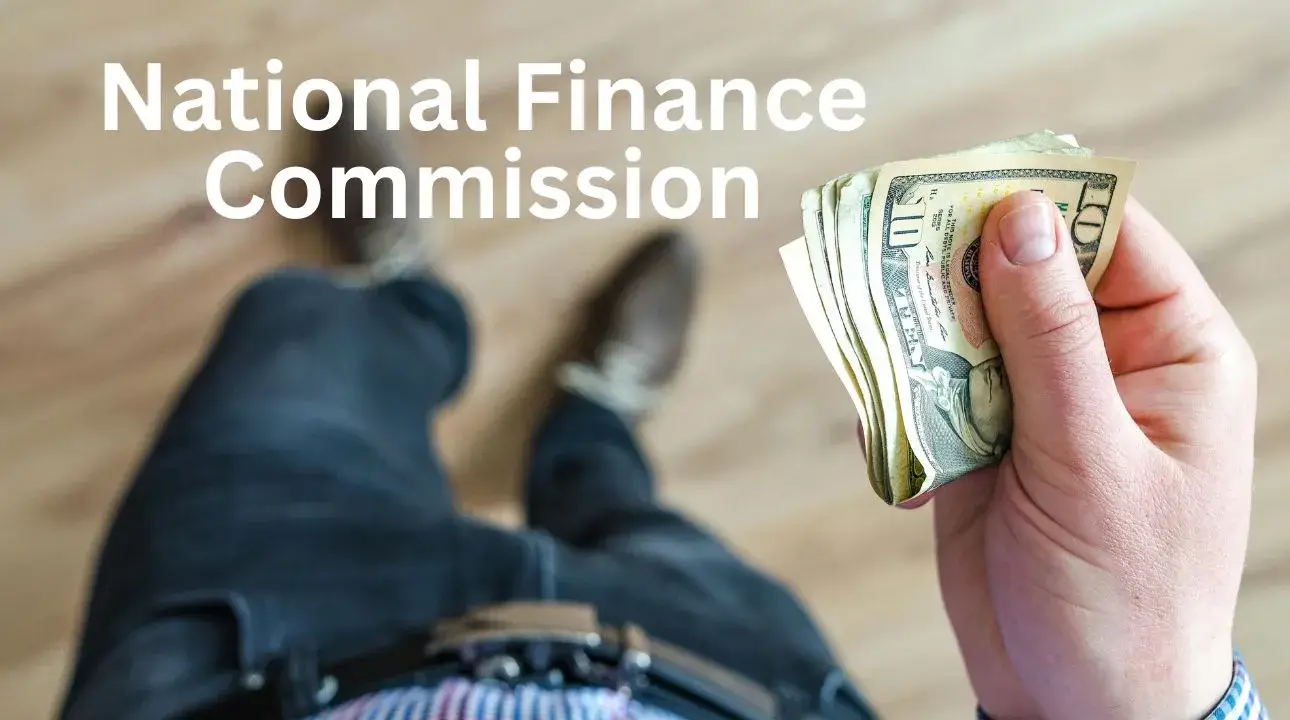Understanding Lease vs Finance — From My Personal Journey
If you’re thinking about getting a car or even some equipment for your business, chances are you’ve stumbled upon the two most common options: lease or finance. Now, a few years back, I found myself stuck at the dealership, completely unsure of which one to choose. I’ve been through both sides of the coin — leasing a car once, and financing the next time — and that’s why I’m sharing everything I’ve learned along the way.
Understanding the difference between lease and finance can save you from making an expensive mistake. Whether you’re in the U.S., Canada, UK, or any high-income country where these options are common, this guide will break it all down in the simplest way possible — no confusing financial terms, just real talk.
What Is the Difference Between Lease and Finance?
Here’s the plain truth.
Taking out a loan to purchase a car is known as financing. You’ll own it once the loan is paid off. You make monthly payments until the loan is cleared, and after that — it’s all yours.
However, leasing a car is more akin to a long-term rental. You don’t own the car. You pay to drive it for a few years (usually 2 to 4 years), and then you return it. In some cases, you can buy it later — but that’s optional and comes with an extra cost.
Let me put it this way:
- Finance = You’re building ownership.
- Lease = You’re paying for usage.
Why the Difference Between Lease and Finance Matters
So, why should you care about this?
Because it affects your money, freedom, and long-term plans.
For example, I leased my first car because the monthly payments were low, and I loved driving a new car every few years. But later, I realized I couldn’t customize it or drive it as much as I wanted (leases usually come with mileage limits).
The next time, I chose to finance. Yes, the payments were higher, but after a few years, the car was mine — no more monthly bills.
The key point is this: leasing might be great short-term, but financing often wins long-term if ownership is your goal.
Key Benefits of Leasing vs Financing
🔄 Benefits of Leasing:
- Lower Monthly Payments: You’re not buying, just renting — so payments are usually less.
- Always Driving New Cars: When the lease ends, you can get another new one.
- Less Repair Worry: Leases often end before big repair costs hit.
💰 Benefits of Financing:
- Ownership: It’s your car once payments are done.
- No Mileage Restrictions: Take as many drives as you like.
- Customization Freedom: Add speakers, wrap it, modify it — it’s yours!
Also Read About > Understanding Boston Premium Finance: What I’ve Learned Firsthand
Common Misunderstandings or Mistakes
One thing I noticed is that many people confuse leasing with financing — they think both lead to ownership. Big mistake.
Also, people often ignore hidden costs in leases — like extra fees if you go over your mileage limit or damage the car. And on the finance side, some assume owning is always better, even when they plan to upgrade cars every few years.
Here’s what I’ve learned: you need to match your choice with your lifestyle.
If you:
- prefer new technology, fashion, and reduced monthly costs → Rent
- Want long-term value and ownership freedom → Finance
Real-Life Example: What I Did
Let me share my personal story.
When I moved abroad for a few years, leasing made perfect sense. I knew I wouldn’t stay long, and I didn’t want the hassle of reselling. I leased a mid-size sedan, and the low monthly cost helped me manage my budget.
But later, after settling in, I needed a reliable SUV for family and road trips. That’s when I chose to finance. It was a bit tight on the wallet at first, but now I’ve had the car for 5 years — no more payments, and it still runs great.
That’s the thing: leasing helped short-term, but financing paid off long-term.
How to Get Started With Either Option
Let’s say you’re ready to get a car, and you’re trying to decide — lease or finance?
Here’s what to do:
- Look at your finances: Can you afford a higher monthly payment? If yes, consider financing.
- Think about your plans: Planning to move soon or change cars often? Lease might be better.
- Ask about total cost: Don’t just look at the monthly number — ask what the car will cost over 3-5 years.
- Read the fine print: Especially for leases — check mileage limits and fees.
Talk to your dealer openly. Tell them your needs and ask them to show both lease and finance comparisons side by side. That’s what I did, and it helped a lot.
My Final Thoughts
At the end of the day, the difference between lease and finance really comes down to how long you plan to keep the car, how much flexibility you want, and how much you can afford upfront.
Choose financing if you want complete control, ownership, and long-term value.
But if you prefer lower payments, newer cars, and short-term use, then leasing might be the smarter option — just read the terms carefully.
I’ve been on both sides, and I can honestly say: there’s no one-size-fits-all answer. It’s about matching the choice to your life stage and financial comfort.
Frequently Asked Questions (FAQs)
It depends. Leasing is better if you want lower monthly payments and plan to change cars every few years. For long-term ownership and savings, financing is preferable.
Yes, you can purchase the vehicle at the end of some lease agreements. It’s called a lease buyout. Just check the buyout price before signing.
Because with a lease, you’re only paying for the car’s depreciation during the lease period — not the full value of the car like you would in financing.



